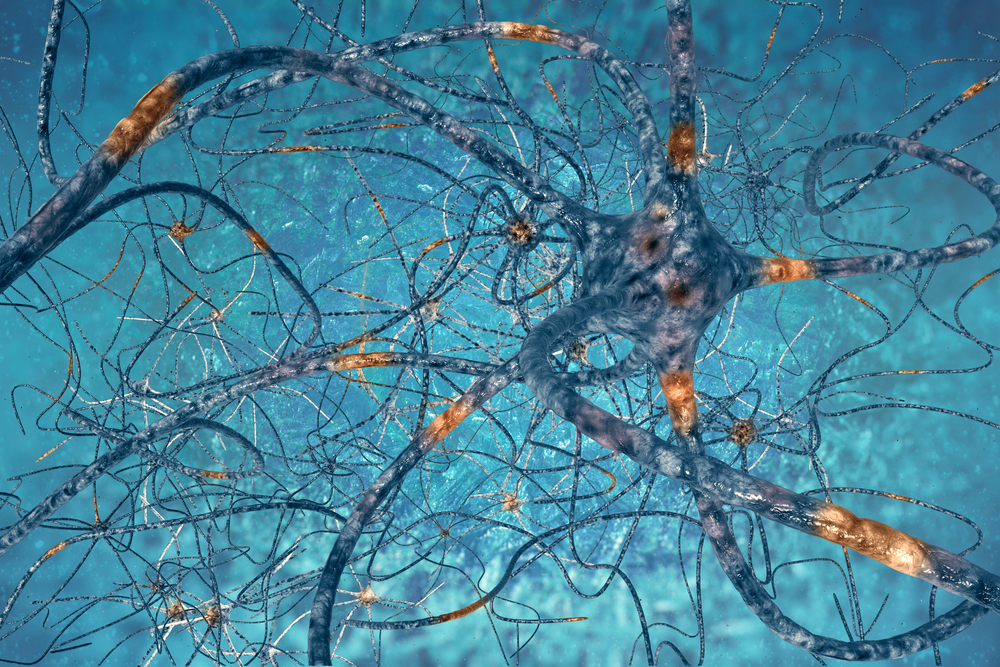Impaired Mitochondrial Dynamics Play Role in SMA Pathology
Written by |

The degeneration of spinal motor neurons in spinal muscular atrophy (SMA) may be the direct result of abnormal mitochondrial (energy source of cells) transport and morphology and subsequent reduced mitochondrial health. These are the conclusions of a study preformed by an international team of collaborative researchers led by scientists from the University of Connecticut Health Center (UConn Health) entitled “Abnormal mitochondrial transport and morphology as early pathological changes in human models of spinal muscular atrophy,” and published in the open access journal Disease Models & Mechanisms.
This important discovery was led by senior researcher Dr. Xue-Jun “June” Li, Ph.D., Assistant Professor, Neuroscience, UConn Health. Dr. Li’s research is focused on modeling neuronal degeneration in motor neuron diseases with stem cells to identify targets and potential therapeutics to rescue motor neuron and axonal degeneration in theses devastating diseases.
Dr. Li and her team utilized human fibroblasts (most common cells in connective tissue) obtained from SMA type 1 patients to establish stem cell lines in which to use experimental techniques (DNA, RNA isolation, PCR, and RT-qPCR , western blot), in order to study the mitochondrial dynamics associated with mutations in the survival motor neuron (SMN) that lead to spinal motor neuron-specific degeneration in SMA patients.
After experimental analysis of the SMA type 1 stem cells, the following findings were observed:
- Following long-term culture of the cells, SMA spinal motor neurons degenerated.
- During the early stages of the disease model of SMA spinal motor neurons, the mitochondrial number, area, and transport were significantly reduced in certain parts of the neuronal cells.
- Experimentally removing SMN expression led to similar mitochondrial defects in spinal motor neurons derived from human embryonic stem cells, confirming that SMN deficiency results in impaired mitochondrial dynamics.
- The use of N-acetylcysteine (NAC), an antioxidant, blocked the impaired mitochondrial transport and morphology, and then rescued motor neuron degeneration in SMA long-term cultures.
- NAC reduced mitochondrial membrane potential in SMA spinal motor neurons, suggesting that NAC may rescue cell death and motor neuron degeneration by improving mitochondrial health.
When discussing these findings Dr. Li and her team wrote, “in this study, we reveal that mitochondrial deficits including mitochondrial transport, distribution, and morphology are early pathological changes in human SMA models, which are implicated in the motor neuron-specific degeneration in SMA patients. Better understanding of how and why mitochondrial dynamics and function are altered in SMA spinal motor neurons will provide valuable insights into identifying potential therapeutic targets for rescuing motor neuron degeneration in SMA.”
Currently there is no cure for SMA and the standard of care protocol consists of managing symptoms and preventing complications. This is the first study of its kind to provide evidence that the impaired mitochondrial dynamics in SMA models may be a potential therapeutic target for the successful treatment, and possible cure, for this devastating disease.






